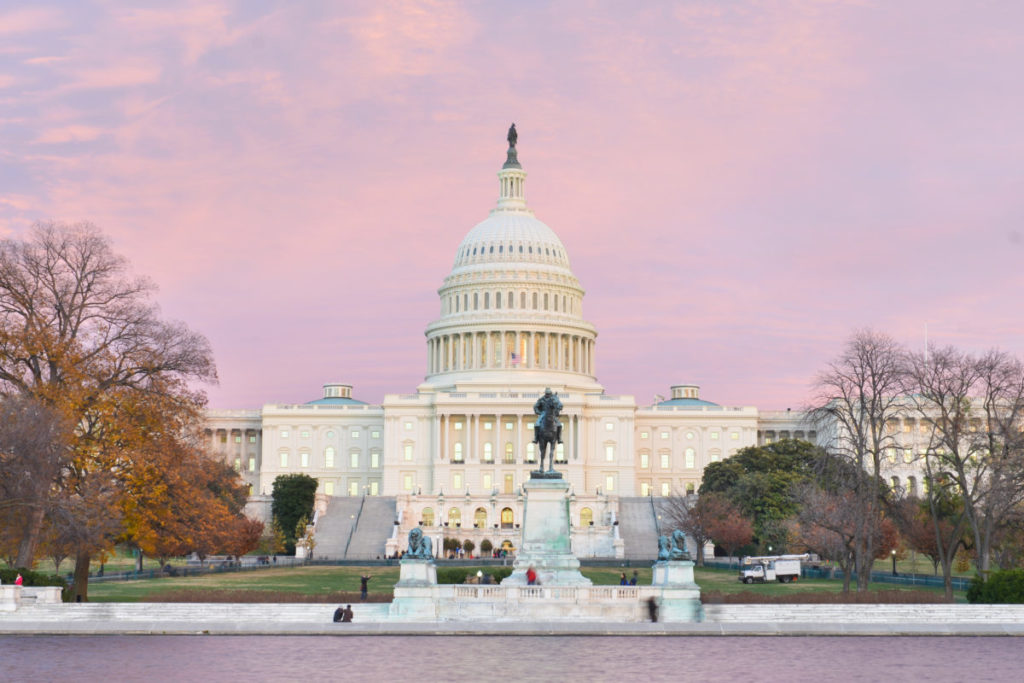Editor’s Note: This piece was revised at 3:15 p.m. on March 26, and 1:45 p.m. on March 30, to reflect updates.
Last week, President Donald Trump signed into a law the Families First Coronavirus Response Act. The bill adds approximately $104 billion in relief to $8.3 billion from an earlier bill, the Coronavirus Preparedness and Response Supplemental Appropriations Act. Overall, the act’s main focus is providing paid family and sick leave benefits. The official press release read:
“The act establishes tax credits to provide paid sick and family leave for coronavirus-related employment interruptions. Eligible workers who are sick with the virus, quarantined, taking care of someone affected or caring for a child whose school has closed, will continue to be paid. Employees will receive pay directly from their employers, rather than from a less-efficient government-run program.”
However, many of the bills’ provisions have major implications for healthcare.
- Free testing: Insurers — both public and commercial — must now cover the costs of beneficiaries’ COVID-19 testing and related care, waiving copays and deductibles. Covered costs include provider office visits (including telehealth visits), and “urgent care center visits, and emergency room visits that result in an order for or administration of an in vitro diagnostic product.” Furthermore, $1 billion is reserved for reimbursements to providers who care for uninsured patients.
- Loans from the Small Business Administration (SBA): The SBA will work directly with states to provide targeted, low interest loans to small businesses — including medical practices — and non-profit organizations that have been severely impacted by COVID-19. The loan program provides small businesses with working capital loans of up to $2 million to help overcome the temporary loss of revenue.
- Increased Medicaid funding: The federal government will now increase Medicaid-fund matching by 6.2 percent. Modern Healthcare notes that the increase “could help head off provider reimbursement cuts in a time when providers will be squeezed by having to delay high-margin procedures and an increase in uncompensated care.”
- Nutrition assistance: The bill allotted nearly $1 billion to offset food insecurity, primarily delivered by funding the Special Supplemental Nutrition Program for Women, Infants, and Children (WIC). An additional $400 million was dogeared for emergency food assistance. Similarly, the Supplemental Nutrition Assistance Program (SNAP) and Food and Nutrition Service (FNS) issued waivers “to support access to nutritious meals while minimizing potential exposure.”
On March 27, President Trump signed a $2 trillion stimulus package. The bill includes a $100 billion emergency fund for hospitals and health providers, $1.3 billion for community health centers, exemptions for telehealth, and increased Medicare reimbursements for hospitals caring for COVID-19 patients.
Telehealth
The legal changes aren’t limited to stimulus or relief packages. The Centers for Medicare and Medicaid Services (CMS) have issued numerous waivers and new guidance related to telehealth.
- Expanded access: New guidelines waive the “originating site” clause, allowing Medicare beneficiaries to televisit their provider from anywhere as opposed to a designated healthcare facility.
- Relaxed reimbursement requirements: The Centers for Disease Control and Prevention (CDC) recommended “leveraging telemedicine technologies,” and CMS listened. Now, Medicare will “temporarily pay clinicians to provide telehealth services for beneficiaries residing across the entire country.”
- Encouragement to use telehealth beyond COVID-19 patients: Under the updated guidelines, “Medicare beneficiaries will be able to receive various services through telehealth including common office visits, mental health counseling, and preventive health screenings.” This ensures other health needs are met while, again, complying with social distancing protocols. Since the update, the number of telehealth visits has skyrocketed; our own telehealth platform has seen a jump from 88 daily visits to more than 5,200 — a 5,809 percent increase — with the numbers still climbing!
Support for Value-Based Care
Providers in risk-based payment models face an additional concern: will the costs of the pandemic threaten the future of their practice? To lessen financial worries, CMS has issued exceptions to requirements for several value-based care programs.
“CMS announced it is granting exceptions from reporting requirements and extensions for clinicians and providers participating in Medicare quality reporting programs with respect to upcoming measure reporting and data submission for those programs,” read a news briefing from CMS.
The deadline for reporting in the Medicare Shared Savings Program (MSSP) was extended to April 30, 2020. Physicians participating in the Merit-based Incentive Payment System (MIPS) who miss the deadline “will qualify for the automatic extreme and uncontrollable circumstances policy and will receive a neutral payment adjustment for the 2021 MIPS payment year.”
However, a letter on behalf of leading physician groups such as the National Association of ACOs (NAACOS), the American Hospital Association (AHA), and others had requested a deadline of June 30 at the earliest with “additional extensions as warranted.”
Privia Health is here to help providers care for their patients during these uncertain times. Please email Physicians@PriviaHealth.com to learn more.
















Great to hear this! With the discussion around COVID-19, there is a great deal of fear and uncertainty. Anxiety is running rampant, and I know this is the time in which all health services are needed. But like all first responders, we must keep our wits and do what is smart in the long run.